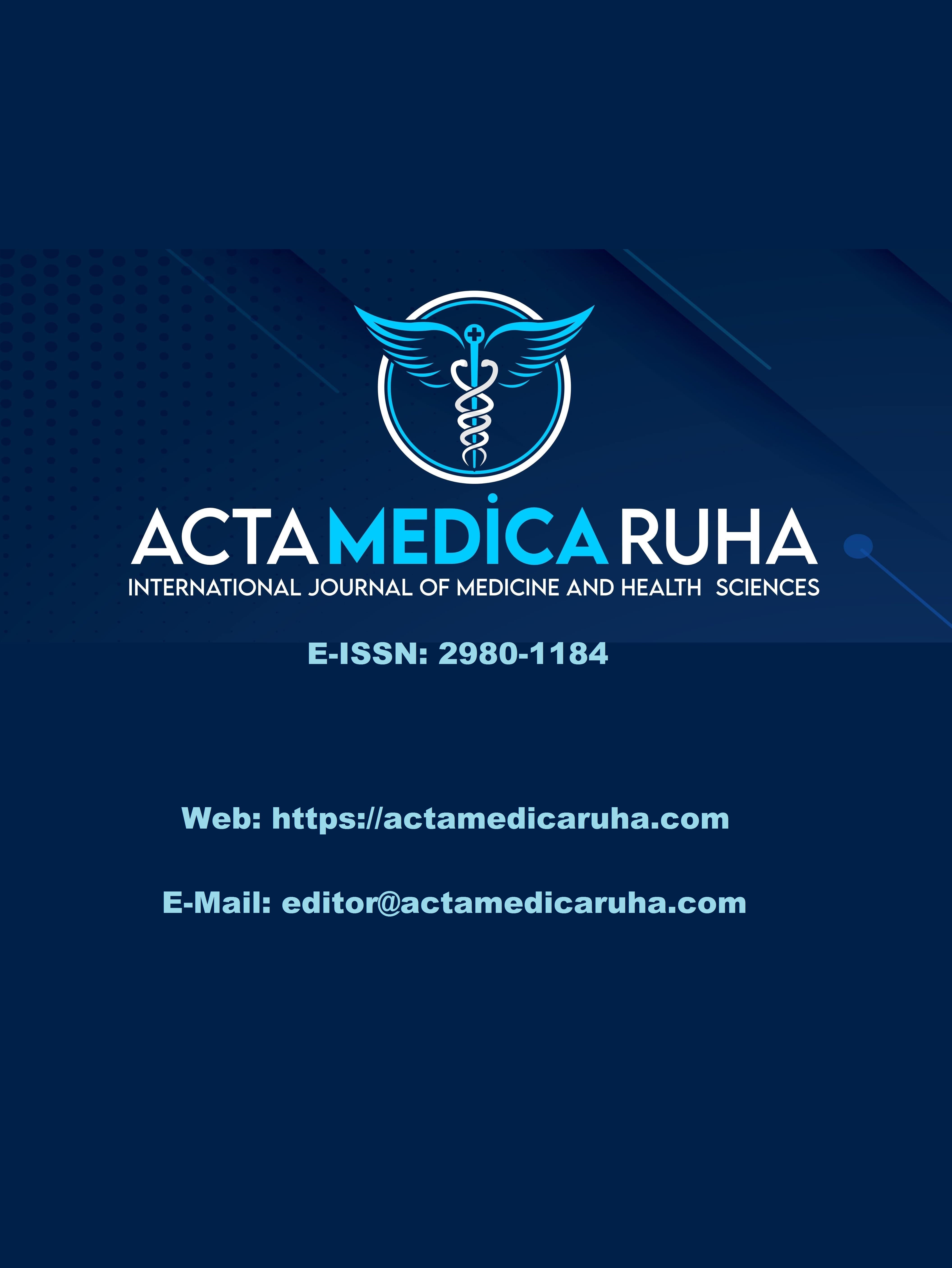Evaluation Of The Frequency Of Malignancies In Patients Who Performed Gastroscopy And Colonoscopy Because Of Iron Deficiency Anemia
Research Article
DOI:
https://doi.org/10.5281/zenodo.8164988Keywords:
: Iron Deficiency Anemia,, Gastroscopy, , Colonoscopy.Abstract
Aim: In this study, we aim to present the results of patients in our clinic who underwent colonoscopy and gastroscopy because of iron deficiency.
Method: Patients who underwent gastroscopy and colonoscopy for the etiology screening of iron deficiency anemia in Ankara Ataturk Sanatorium Training and Research Hospital Gastroenterology Department between July 2021 and December 2022 were included in the study. Age, gender, anamnesis and endoscopic results of the patients were acquired retrospectively via investigation of patients files. SPSS 21.0 for statistical analysis Windows program used.Descriptive statistical methods(mean,standard) were used.
Results: The mean age of men was 63.6±7.4 years, and the mean age of women was 58.4±8.6 years. During this period, colonoscopy was requested in 576 (20%) of 2880 patients due to the etiology of iron deficiency anemia. Of the patients, 280 (48.6%) were male and 296 (51.4%) were female. Gastroscopy was performed in 496 of the cases. Although colonoscopy was normal, there were 40 (6.9%) patients who did not undergo gastroscopy. 205 (35.6%) patients had no endoscopic finding to explain anemia and 296 (51.4%) had no colonoscopic polyps or carcinomas and no colonoscopic findings to explain anemia. Colonoscopy was normal in 98 (17%) of the patients and there was no significant feature in esophagogastroscopy.
Conclusion: In the patients included in the study, polyps were detected in 52.4% of the patients and adenocarcinoma in 6.5% of the patients during colonoscopy.When investigating the cause of IDA, it should be kept in mind that there might be several underlying causes, especially if a pathology originating from the gastrointestinal tract is considered.
References
World Health Organization. Nutritional Anemias: Report of a WHO Scientific Group. WHO Technical Reports Series 405. Geneva, Switzerland: World Health Organization.
Provan D. Mechanism and management of iron deficiency anemia. Br J Haematol 1999; 105(Suppl 1): 19-26.
Goddard AF, James MW, Mc Intyr AS, et al. Guidelines for the management of iron deficiency anemia. Gut. 2011; 60:1309-1316. doi:10.1136/gut.2010.228874
Bull-Henry K, Al-Kawas FH. Evaluation of occult gastrointestinal bleeding. Am Fam Physician. 2013;87:430-436.
Çetinkaya ZA, Sezikli M, Güzelbulut F, et al. Demir eksikliği anemili hastalarda gastrointestinal endoskopik inceleme sonuçları. Dicle Tıp Dergisi. 2011;38:155-159. doi:10.5798/diclemedj.0921.2011.2.0006
Calvey HD, Castleden CM. Gastrointestinal investigations for anaemia in the elderly: a prospective study. Age Ageing. 1987;16:399–404.
Moses PL, Smith RE: Endoscopic evaluation of iron deficciency anemia. A guide to diagnostic strategy in older patients. Postgroduote Med. 1995;98.
Cook I J, Pavli P, Riley JW, et al. Gastrointestinal investigation of iron deficiency anemia. British Med J. 1986;292:1380-2. doi:10.1136/ bmj.292.6532.1380
Kepczyk T, Kadakia SC. Prospective evaluation of gastrointestinal tract in patients with iron-deficiency anemia. Dig Dis Sci. 1995;40:1283-1299.
Ho CH, Chau WK, Hsu HC, et al. Predictive risk factors and prevalence of malignancy in patients with iron deficiency anemia in Taiwan. Am J Hematol. 2005;78:108-112.
Majid S, Salih M, Wasaya R, et al. Predictors of gastrointestinal lesions on endoscopy in iron deficiency anemia without gastrointestinal symptoms. BMC Gastroenterol. 2008;8:52. doi:10.1186/1471-230X-8-52
Ünal ÜH, Fidan C, Korkmaz M, et al. Demir eksikliği olan hastalarda gastrointestinal sistem endoskopi bulguları. Akad Gastroenterol Derg. 2012;3:113-116.
Rockey DC, Cello JP. Evaluation of the gastro-intestinal tract in patients with iron-deficiency anemia. N Engl J Med. 1993;329:1691–1695
Lucas CA, Logan ECM, Logan RFA. Audit of the investigation and outcome of iron-deficiency anaemia in one health district. J R Coll Physicians Lond. 1996;30:33–35.
Gordon SR, Smith RE, Power GC: The role of iron deficiency anemia in patients over the age of 50. Am J Gastroenterol. 1994;89:1963-1967.
Zuckerman G, Benitez J: A prospective study of bidirectional endoscopy (Colonoscopy and EGD) in the evaluation of patients with occult gastrointestinal bleeding. AM J Gastrointestinal. 1992;87:62-66.
My Intyre AS, Long RG: Prospective survey of investigations in outpatient with iron deficiency anemia. Gut. 1993;34:1102-1107. doi:10.1136/gut.34.8.1102
Brenner H, Stock C, Hoffmeister M. Effect of screening sigmoidoscopy and screening colonoscopy on colorectal cancer incidence and mortality: Systematic review and meta-analysis of randomised controlled trials and observational studies. BMJ. 2014;348:g2467.
Sayer JM, Donnelly MT, McIntyre AS, et al. Is colonoscopy necessary as a first line investigation in iron deficiency anaemia. Gut. 1995;36(suppl II):A35.
Hardwick RH, Armstrong CP. Synchronous upper and lower gastrointestinal endoscopy is an e Vective method of investigating iron-deficiency anaemia. Br J Surg. 1997;84:1725–1728.
Downloads
Published
How to Cite
Issue
Section
License
Copyright (c) 2023 Acta Medica Ruha

This work is licensed under a Creative Commons Attribution 4.0 International License.









